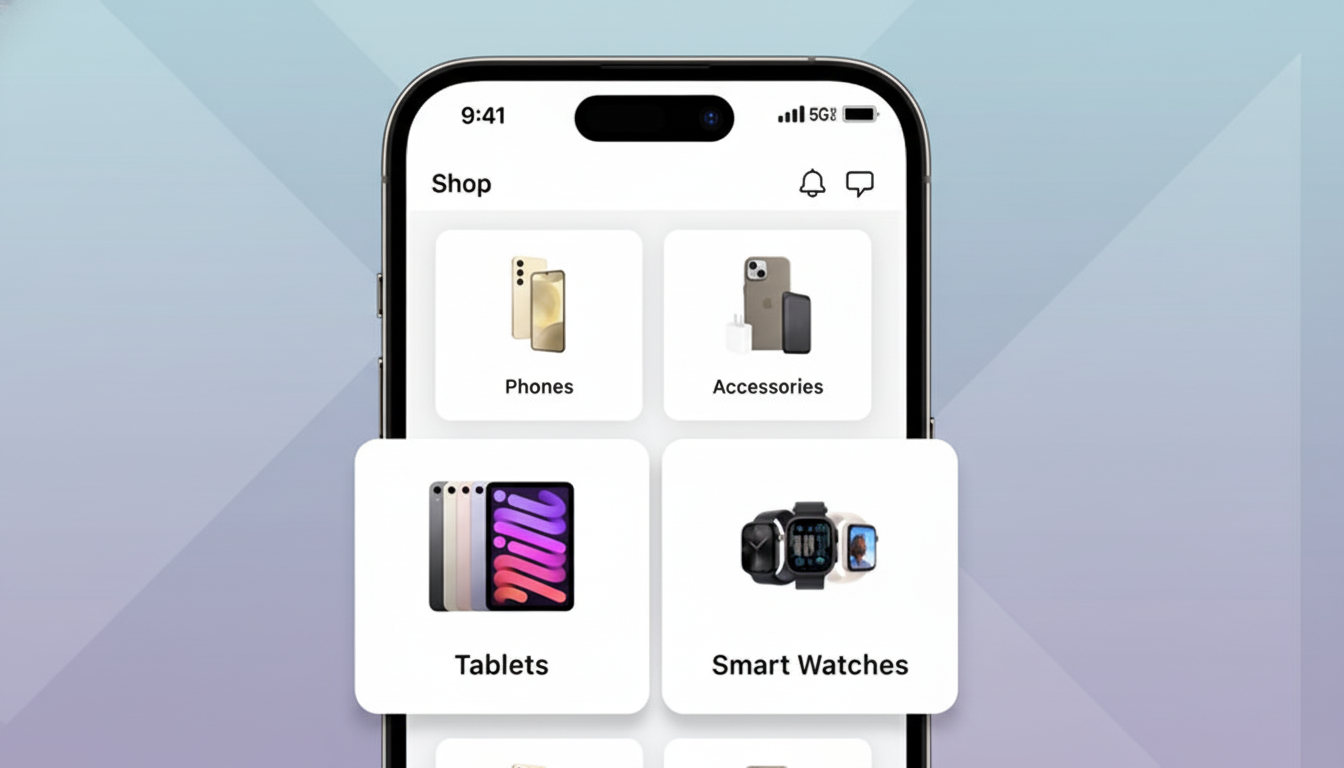For those of us that hop between phones, the eSIM era has been both a blessing and a curse. This week, T-Mobile quietly shifted the balance towards freedom with an easy-to-use eSIM self-serve option that’s so powerfully simple within its app that, paradoxically, it only made it harder to leave. When a trade-in takes minutes, and no call has been made, you’re better off to sit on your ass.
What’s different in T-Mobile’s app for easier eSIM transfers
The carrier has programmed a guided eSIM transfer in its T-Life app. The process is simple: open T-Life, click Manage > Your Line > SIM Transfer/Activation, and follow the instructions from there. You’ll need two serial numbers — the IMEI and the EID of the receiving phone — and then the system manages the handover.

Within a minute or two, texts of confirmation come in. On some, you’ll still navigate through a little activation screen in settings to bring the line live; on others, it just goes through with no fiddling. When you think about that compared with the old routine of calling support and proving who you are and saying no, I don’t want to upgrade, it’s like night and day.
For Phone Swappers, This Solves the Shittiest Part
Apple started to move iPhones in the U.S. to eSIM-only with iPhone 14, and Google’s just-released lineup of flagships cut the physical SIM tray as well. That had the effect of preventing rapid SIM-card shuffles and it put carriers on the hook to upgrade. The new workflow of T-Mobile is the first version that feels ready for someone who changes their phone on a weekly basis.
There’s also a helpful backstop on the Apple side of things: iOS does support eSIM Quick Transfer, which can move a line from iPhone to iPhone and in many cases to Android as long as you get the right prompts. Put that together with T-Mobile’s in-app process and transitioning between a Pixel, Galaxy, and iPhone is something I do on a regular basis instead of every other Saturday afternoon.
Device makers like eSIM because it frees up room for larger batteries and eliminates a water entry point. Carriers love it because it cuts down on SIM-card logistics and (frankly) creates a behavioral lock-in effect. When your number is a profile in software, the carrier that makes administering that profile most convenient keeps you by default.
The caveats that still need fixing for smoother eSIM moves
At the moment, T-Mobile demands that the device originating the transfer needs to be active on its network. That’s a sensible security feature, but it is a pain if you’re logging into a new phone on Wi-Fi before switching in your main line, or if you juggle multiple lines that aren’t all in your pocket. In some cases, you’ll need to be the main account holder if this is not possible.

Entering long IMEI and EID numbers is another (more on that below). After a username, password, and 2FA code, a one-tap “Install eSIM on This Phone” button would wipe out the manual entry — which introduces the potential for typos. Mint Mobile, for one, has a workable in-app install on T-Mobile’s network already, leading the way.
Industry context and adoption numbers that frame eSIM growth
eSIM isn’t niche anymore. And while Apple says the iPhone can support eSIMs from 400+ carriers in 100+ markets, industry groups like the GSMA have long noted an increasing number of operator rollouts year on year. It’s that momentum that is the reason T-Mobile is more than willing to invest in tooling which treats eSIM as a default state, and not an edge condition.
On the retention side, convenience has become a strategy. T-Mobile claims that 5G now covers 98% of Americans, and recent filings suggest postpaid phone churn remains well below 1%. In a world where coverage is broad and network-switching is (relatively) painless, fewer customers feel the need to maneuver their numbers and devices away from existing networks, particularly the power users who once relied on SIM trays to keep their options open.
Bottom line: why T-Mobile’s eSIM improvements matter now
T-Mobile’s in-app eSIM transfer converts what was once a customer service call into a one-minute process. That takes away the biggest disadvantage to living in an eSIM-only world for the tech-inclined, and makes sticking with the carrier seem like effort you can’t be bothered to put forth.
Knock out the last frictions — OK, we can enable one-tap, secure installs and allow people to initiate from any logged-in device with 2FA — and the reasons to leave get even thinner. Until then, the new procedure is good enough that even serial phone hoppers might finally stop missing the SIM tray.

